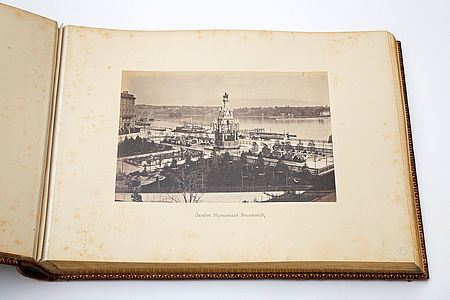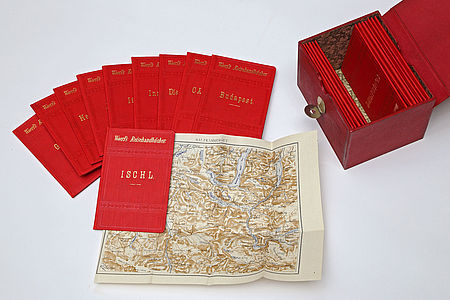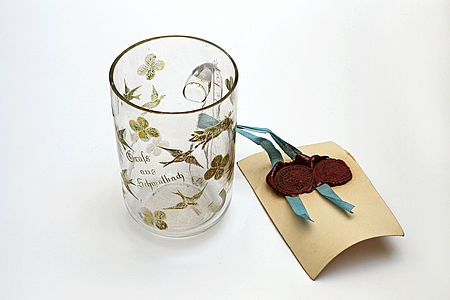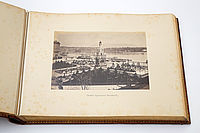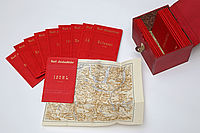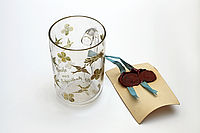You decice, we display!
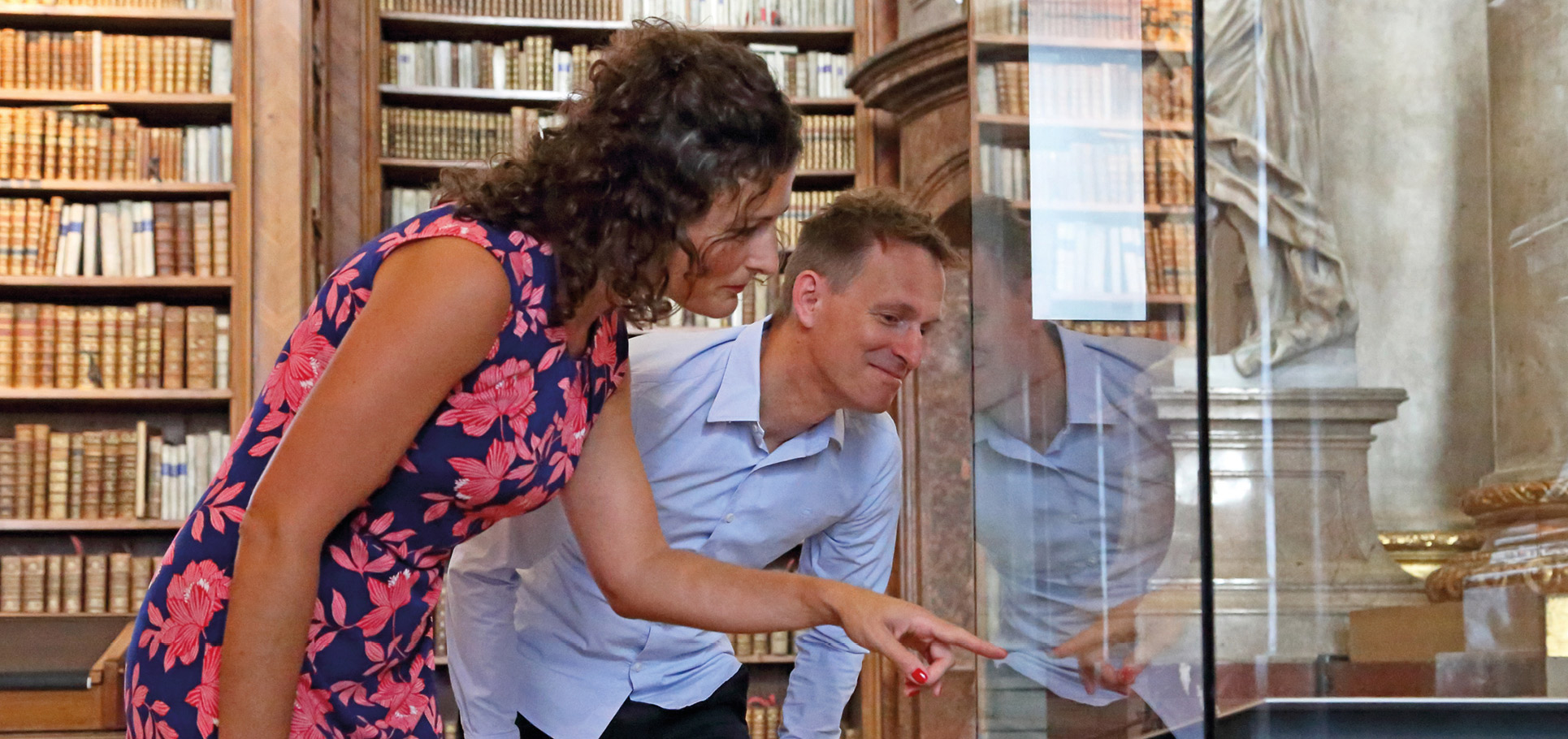
The voting round for the „special exhibit“ continues! This time everything is about "In Sisis footsteps: Unusual objects related to the travels of Empress Elisabeth". From March 23 until April 5 you can vote online which of the precious originals are expected to be presented mid of July 2020 at the State Hall.
Which „special exhibit" do you want to see at the State Hall? Vote now! In this round three extraordinary objects from the Picture Archives and Graphics Department of the Austrian National Library are available. Until April 5 the voting is on its way. The winning object is expected to be shown mid of July 2020 at the State Hall.
Your vote counts!
You decide: Vote here for your favourite object!
Only one vote per IP address possible.
In Sisi’s footsteps
Unusual objects related to the travels of Empress Elisabeth
Empress Elisabeth loved to travel. At first, she travelled for her health – the young monarch was believed to have a respiratory disease. Over time, however, she began to travel in order to spend more and more time away from the strictly regulated court in Vienna, escaping the representational duties that she found so excruciating. Numerous objects held by the Austrian National Library document her travels through Europe and North Africa and her special love of Corfu.
Object 1: Album „Reise 1893: Genf, Territet, Montreux“
Photos, 1893
On 10 September 1898, Empress Elisabeth was assassinated on Quai Mont Blanc, the lakeside promenade on Lake Geneva. She had already spent a few days here together with the Emperor in 1893 - a rare occasion. The present album also dates from this period, and is part of a collection of 13 travel albums from the Empress‘s estate. Altogether these al- bums contain 1057 photographs and 7 watercolours. The illustrations all have one thing in common – the Empress is not to be seen. What we see are tourist photo motifs popular in the 19th century and sold in large quantities by commercial photo studios. The albums are therefore more a summary of the places she visited than a pictorial documentation of the journeys actually undertaken.
Object 2: “Woerl’s Travel Manual – AustroHungarian City Guide”
Coffer of 22 travel guides, 1884–1887
Travelling was Empress Elisabeth’s great passion, but at the same time it was always a way to escape from the Imperi- al Court. In the 1950s, part of Elisabeth‘s private library came into the possession of the Austrian National Library, inclu- ding a larger collection of her travel guides such as this wine-red coffer with a total of 22 travel guides to cities of the Austro-Hungarian Empire. The red linen ribbons with gold embossing seem even today to be brand-new, and were proba- bly a gift from the publishing house to the fifty-year-old Empress with a love of travelling. The volumes published by Leo Woerl date from the period 1884 to 1887. Between 1884 and 1887, the Empress actually stayed in only three places co- vered by the 22 guides: Budapest, Ischl and Gastein.
Object 3: Empress Elisabeth’s Glass during her visit to the Thermal Spa at Langenschwalbach in June 1897
Drinking glass, May/June 1897
One of her numerous journeys and stays at spa resorts also took Empress Elisabeth in 1897 to Langenschwalbach (southern Hessen, Germany), known for its strong iron-containing mineral water. There she took residence in the hotel Alleesaal. The Empress‘s drinking glass displayed here, engraved with good-luck symbols and birds, was sold in small shops by the fountains. In 1902, the glass was sold by its later owner to the Oberstkämmereramt (Imperial Chamber Office), accompanied by a confirmation that the glass had been used by the Em- press. In the same year, it was donated to the Habsburg private library, which is now in the Austrian National Library.

